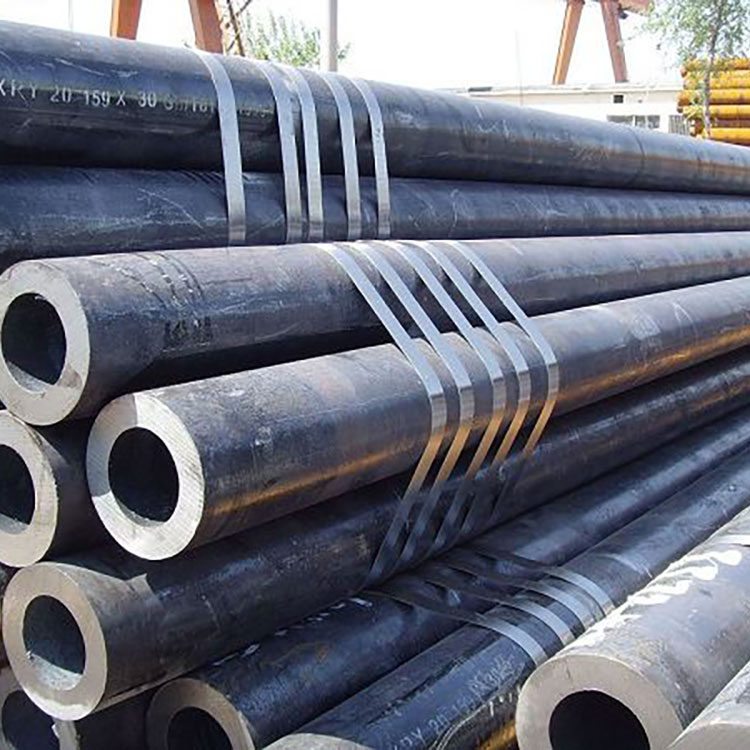Understanding the Wall Thickness of Steel Pipes: Calculation and Its Importance
2024-05-25
In the world of construction, engineering, and industrial applications, steel pipes play a crucial role. Whether it's transporting fluids, gases, or serving as structural components, the wall thickness of these pipes is a key factor that determines their performance and safety. Let's delve into how the wall thickness of a steel pipe is calculated and why it's so important.
Calculating Wall Thickness
The wall thickness of a steel pipe is determined by several factors, including the pipe's intended use, pressure rating, and material specifications. Generally, the wall thickness is calculated based on the pipe's internal diameter and the required pressure rating.
One common method for calculating wall thickness is using the Barlow's formula, which is:
(t = \frac{PD}{2SE})
Where:
(t) is the wall thickness
(P) is the internal pressure
(D) is the internal diameter
(S) is the yield strength of the material
(E) is a safety factor, typically ranging from 1.0 to 1.5
This formula provides an estimation of the minimum wall thickness required to withstand a given internal pressure. However, it's important to note that actual wall thickness specifications may vary depending on industry standards, codes, and the specific requirements of the application.
Importance of Wall Thickness
The wall thickness of a steel pipe is crucial for several reasons:
Pressure Resistance: A pipe with sufficient wall thickness can withstand higher internal pressures, ensuring the safe and efficient transport of fluids or gases. Thin-walled pipes may rupture or fail under high-pressure conditions, posing a significant safety risk.
Structural Integrity: The wall thickness also contributes to the pipe's structural integrity. A thicker wall provides greater resistance to external forces and impacts, reducing the risk of deformation or damage.
Durability: A properly specified wall thickness ensures that the pipe can withstand the wear and tear of its intended application over time. Thin-walled pipes may experience premature failure due to fatigue or corrosion.
Compliance with Standards: Many industries have strict standards and regulations governing the wall thickness of steel pipes. Ensuring that pipes meet these requirements is crucial for compliance and avoiding potential legal issues.
In conclusion, the wall thickness of a steel pipe is a critical parameter that determines its performance, safety, and compliance with industry standards. Understanding how to calculate wall thickness and its importance can help ensure that you select the right pipe for your specific application.



